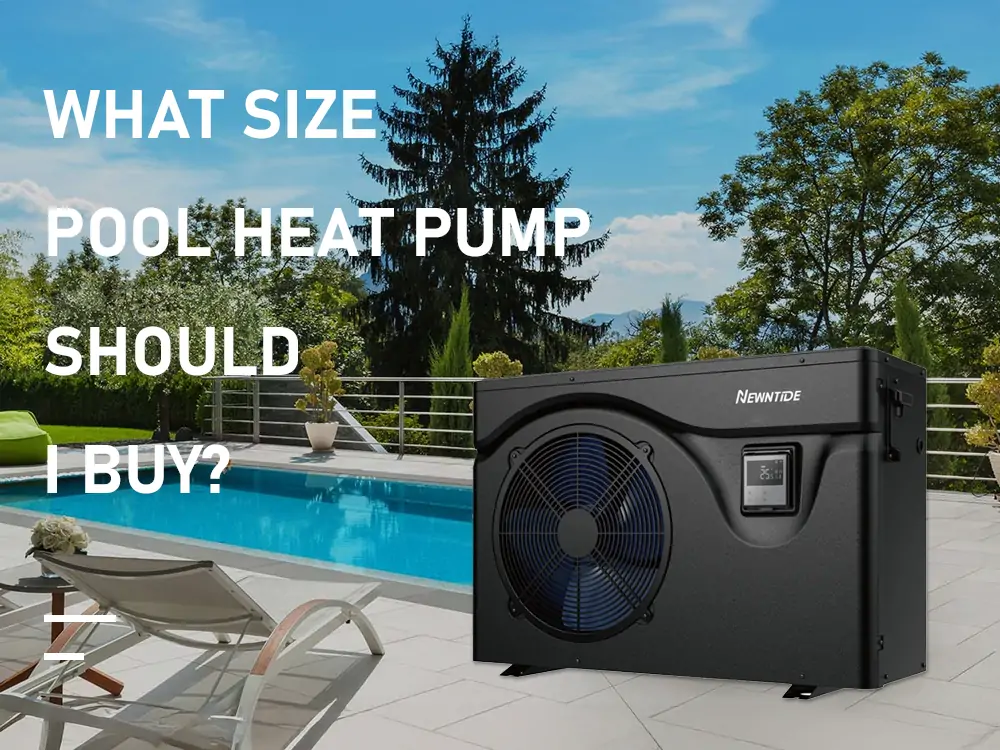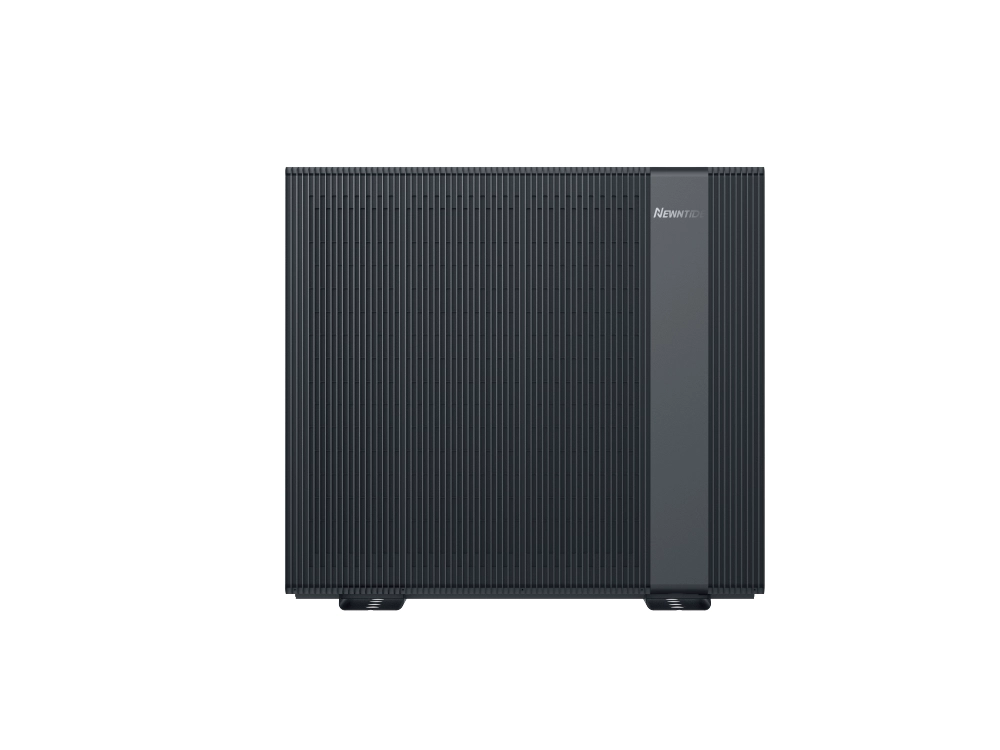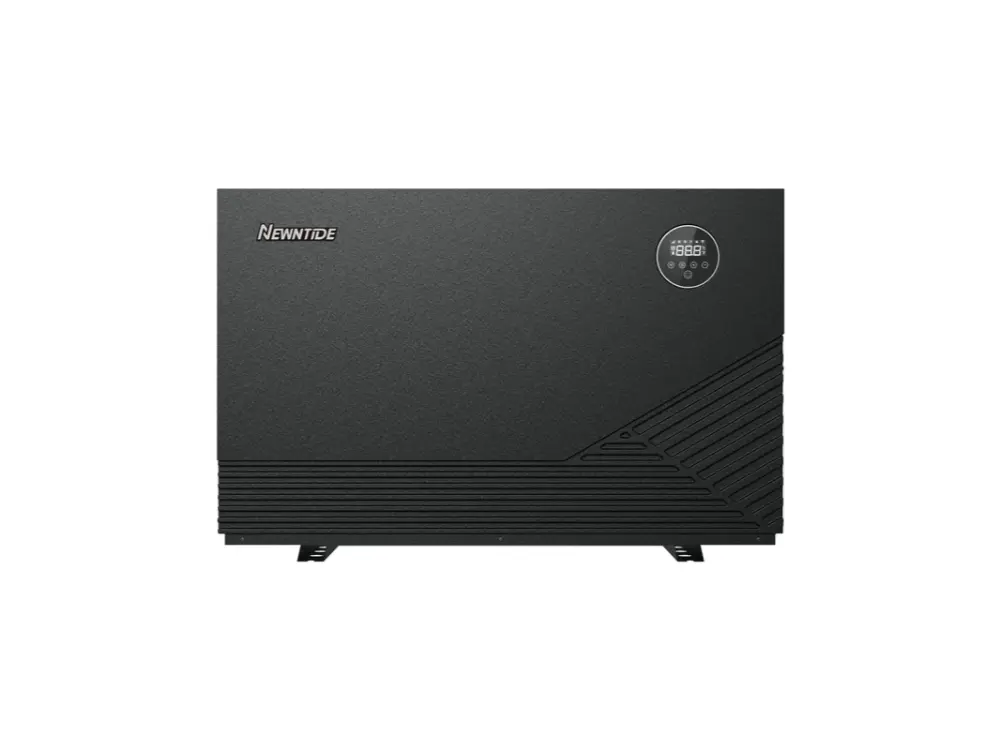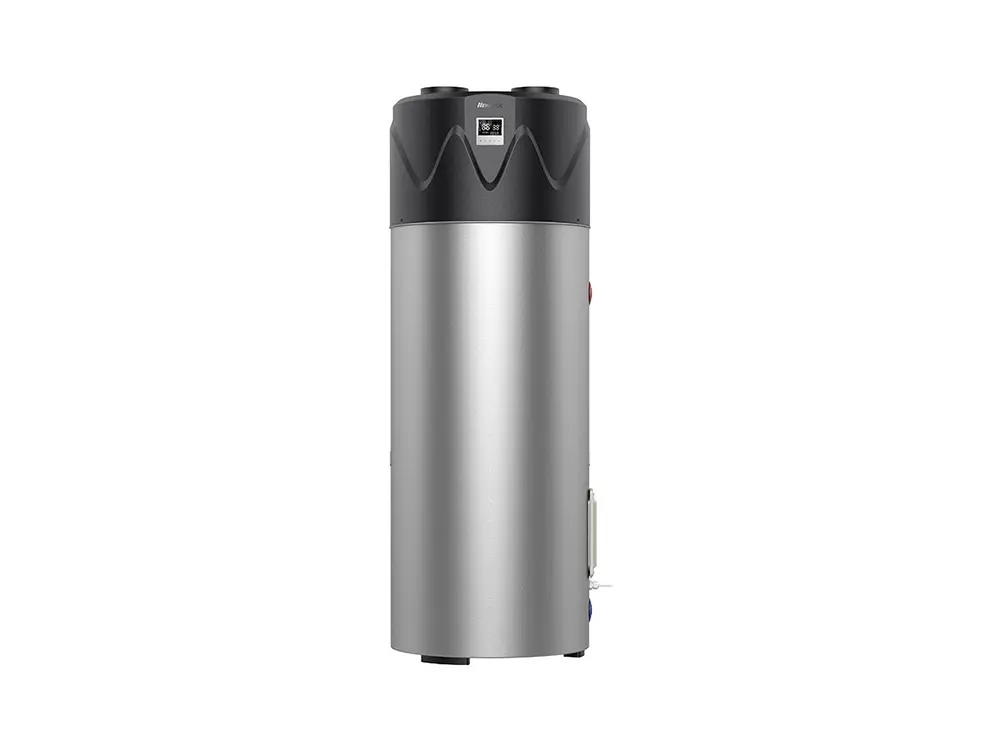
Undoubtedly, heat pumps represent one of the most cost-effective ways to heat your swimming pools efficiently. They ensure that you enjoy the swimming season to its fullest with reduced heating bills.
You’ll find differing swimming pool heat pumps for sale across Europe. Before buying one, you must accurately ascertain its size to get the most benefit.
Here, we’ll examine how pool heat pumps function and compare their differing types. With a table, we’ll guide you on selecting the pool heat pump sizing.
Moreover, we’ll further describe the pivotal factors that influence pool heat pump sizing.
Why select a heat pump for heating a pool?
You should select a heat pump for heating your pool for the subsequent reasons:
1. Dependable heating
A heat pump for a swimming pool provides consistent, dependable, and even heating. That allows you to uphold a comfortable pool temperature right through the complete swimming season.
Moreover, they function even in reduced ambient temperatures. That ascertains year-round pool comfort and enjoyment.
2. Eco-friendliness
Swimming pool heat pumps have a smaller carbon footprint than other heating solutions. They don’t burn fossil fuels; in contrast, they count on renewable energy from the ground or air. That makes them a greener selection for pool heating.
3. Highly energy-efficient
Heat pumps are energy-efficient and cost-efficient heating solutions for your pool.
They necessitate minimal energy input. That’s when transporting heat from the surrounding air to the swimming pool water.
4. Longevity
Heat pumps can typically endure for 15-20 years or longer. That’s when they are appropriately maintained. That ascertains the comfort of a heated pool for several seasons.
How Pool Heat Pumps Work
A swimming pool heat pump is an energy-efficient solution for heating swimming pools. It helps you achieve the desired temperature you need. At the same time, it brings up to 75% savings in functional costs.
An air-source variant of pool heat pumps functions as follows:
1. Drawing in ambient air
The pool heat pump captures air from the outside, without considering the temperature. That’s via a fan.
2. Compression of air
The ambient air’s temperature is lifted via compression. That air then goes over an evaporator coil, where it meets a refrigerant in its liquid state.
It then extracts heat from the air and subsequently evaporates, becoming a gas in the process.
3. Heat transfer to the pool water
The hot refrigerant, in its gaseous state, passes through a heat exchanger. The aim is to transfer the heat to the cooler pool water.
That raises the pool water temperature gradually. It’s only until it attains the fitting pool temperature.
4. The cycle goes on
After the heat is delivered, the refrigerant reverts to a liquid state. That’s via the expansion valve, and the cycle repeats itself continuously.
Accordingly, the pool water temperature rises slowly and gradually, providing a comfortable experience.
On/off Pool Heat Pumps compared to Inverter Pool Heat Pumps
There exist two primary types of pool heat pumps that operate on similar principles. These are on/off heat pumps and inverter heat pumps. Let’s compare them briefly:
On/off heat pumps
The fixed output or on/off heat pumps can operate in either on or off mode.
That implies the compressor of such a heat pump runs at a constant maximum speed. It’s as per a fixed frequency. That’s typically around 50Hz to 60Hz.
Accordingly, the compressor needs to turn on and off several times during operation. It always operates at the maximal noise level. The aim is to retain the pool temperature at the correct level.
That technology has been common for a long time. For ages, it has been regarded as a go-to option for controlling swimming pool temperature.
Inverter heat pumps
Inverter heat pumps are a relatively new technology. They have continued to gain more prevalent adoption in recent times, thanks to their energy efficiency.
In such devices, the fan and compressor can function at differing speeds. That implies the heat pump is capable of adjusting. The aim is to accurately and quickly attain the desired temperatures.
When the pool reaches the optimal temperature, the appliance reduces its power consumption by 25-50%.
Inverter pool heat pumps offer varied upsides over their on/off counterparts. That includes being quieter, eco-friendlier, cost-effective, and more energy-efficient.
Factors Affecting Pool Heat Pump Sizing
The pool heat pump sizing doesn’t imply the heat pump’s physical size. It denotes the system’s energy output.
You need to consider various factors when ascertaining the size of a pool heat pump. These are:
The pool’s size
The pool’s size is the most obvious factor influencing the sizing of the heat pump. The more water a pool encompasses, the more energy is required to heat all the water. Hence, you need a more powerful pool heat pump.
Your swimming patterns and frequency of usage
Your swimming patterns and usage can further affect heat pump sizing. You may need to employ a heat pump year-round. You may also need a large-sized appliance that can deliver a steady temperature in the chilly months.
Climate
You may already be aware that air-source heat pumps extract heat from the ambient air temperature. If you’re located in a colder climate, your device will need to work harder to maintain its temperature. That’s to get your water up to the fitting temperature (like 28°C).
In that case, a larger heat pump unit will be more apt.
Swimming pool type
Lastly, heat pump sizing also relies on the type of swimming pool. Consider pools such as outdoor or indoor ones, or those that are above-ground or in-ground. All these have varying heating necessities.
How to Calculate Pool Heat Pump Sizing
The sizing or heating capacity of your pool heat pump is measurable in kilowatts (kW). The more the heating capacity, the faster it takes to heat a pool. Thus, it’s more fitting for greater volume swimming pools.
The following table serves as an approximate guide for calculating pool heat pump sizing. For reference, pool volumes are compared against sizing in cold air (15°C) and warm air (26°C).
| Swimming pool volume (m³) | Heat pump sizing in cold air | Heat pump sizing in warm air |
| 20 to 40 | 6kW | 8kW |
| 40 to 60 | 9.5kW | 13kW |
| 60 to 80 | 15kW | 25kW |
| 80 to 100 | 18kW | 30kW |
Source: 1st Direct Pools
Note that larger-sized heat pumps swiftly heat the pool’s water. Once the desirable temperature is reached, they only require a minimal amount of energy to maintain it.
Conclusion
Deciding to invest in a heat pump for swimming pool is a pivotal one. You need to ascertain that the one you buy offers you the greatest returns and efficiency. That’s why proper heat pump sizing for your swimming pool is so crucial.
To conclude, some of the factors that affect heat pump sizing include the following:
- Your pool’s size
- Your swimming patterns and frequency of usage
- Climate
- Swimming pool type



